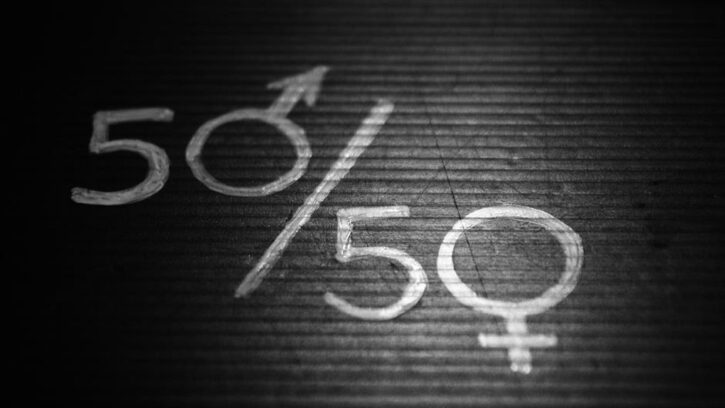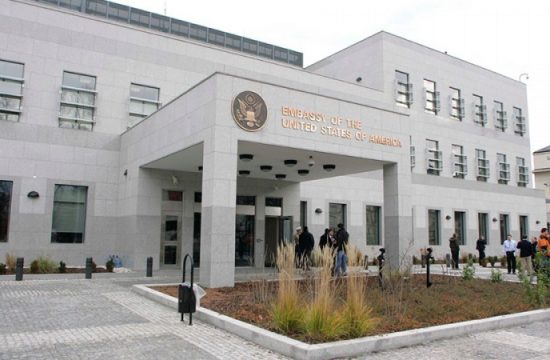
Most of us won't live to see gender equality achieved worldwide, according to a new study, which predicts the milestone is almost 100 years away.
The report analyzed 153 countries in their progress toward gender parity, focusing on four main themes: economic participation, educational attainment, health and survival, and political empowerment.
The World Economic Forum's annual Global Gender Gap Report ranked Iceland as the most gender-equal country for the 11th consecutive year, followed by its Nordic neighbours, Norway, Finland, and Sweden.
Syria, Pakistan, Iraq, and Yemen ranked lowest.
“This year's report highlights the growing urgency for action,” the report said. “At the present rate of change, it will take nearly a century to achieve parity, a timeline we simply cannot accept in today's globalized world, especially among younger generations who hold increasingly progressive views of gender equality,” the report said.
Some of the four themes show progress; for instance, 35 countries have already achieved gender equality in educational attainment, and all countries are expected to achieve it within 12 years – progress that is largely due to recent advancements in developing countries, the report said.
Women's health and survival is also improving, with 48 countries surveyed having achieved near-full equality.
Some other areas will take much longer, however. Women's economic participation and opportunity regressed this year – “only a handful of countries” are even approaching equality, and the world will need 257 more years to achieve it fully. On average, just over half of all adult women are in the labour market, compared to 78 percent of men, said the report's authors.
The gender gap in political representation is also lagging — no country has fully closed this gap, and globally, it will take an estimated 95 years to reach equality.
Calculating the four areas together, across countries with a wide range of attitudes toward gender equality, the report forecasts it will take 99.5 years to achieve full gender equality everywhere.
Low gender equality in Asia
The rankings reflect greater regional trends; Western Europe has the smallest gender gap, followed by North America, Latin America and the Caribbean, Eastern Europe, and Central Asia. The regions that performed more poorly are Asia-Pacific, the Middle East, and Africa.
A country's rate of development did not necessarily equate to a high ranking for gender equality, especially in East Asia, where Japan ranked 144 out of the 153 countries, with South Korea at 127, and China 106th.
Although these countries score highly in areas like educational attainment – reflected in the strong cultural emphasis on performance at school – they often have low scores in other areas of equality, like political and economic empowerment.
For instance, women in Japan spend four times more time than men doing unpaid labour like domestic work and household management, according to the report. This is time, effort, and resources that are diverted away from their participation in the labour force or in politics.
“In no country in the world is the amount of time spent by men on unpaid work (mainly domestic and volunteer work) equal to that of women,” the report said. To address this issue, it suggested Asian countries implement policies that empower women, like childcare services in workplaces or paternity leave so men can share more of the burden.
Japanese Prime Minister Shinzo Abe has been working for years on a “womenomics” initiative, aimed at increasing the number of women in the workplace. While it has been met with some success – the percentage of working women has increased – it has also hit walls, as these women often struggle to advance into senior positions.
Meanwhile, the economic gender gap remains particularly deep in South Asian countries like India, which scores 112th on the global scale. Only about 25 percent of Indian women are in the workforce, compared to 82 percent of men, one of the lowest rates in the world. Even when they do work, their estimated income is only about a fifth of men's income.
These gaps in work and pay likely stem from a variety of factors, both institutional and social. According to the report, there aren't enough equal opportunities offered to women and resources invested into equality, and there remain strong cultural norms and beliefs that dictate a women's role in the household and in society.
There are also more basic threats – India is ranked 150th in the health and survival category, due to pervasive violence, forced marriage, and discrimination. Recent years have seen an ongoing rape crisis in the country, which has sparked protests but brought little systemic change.




